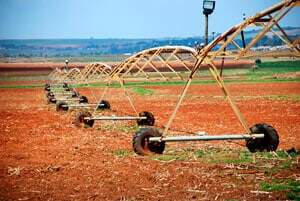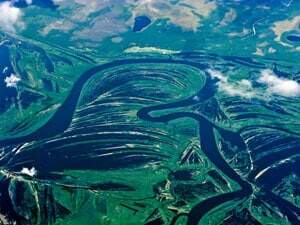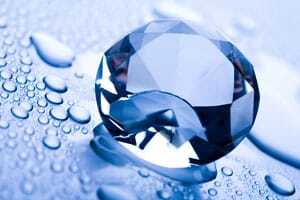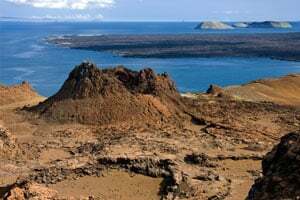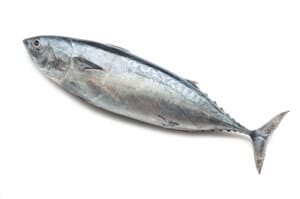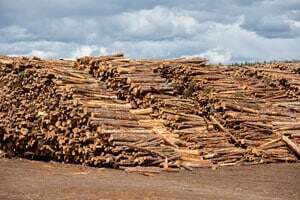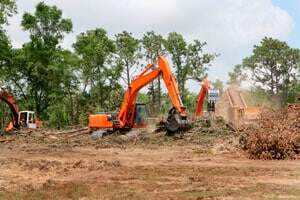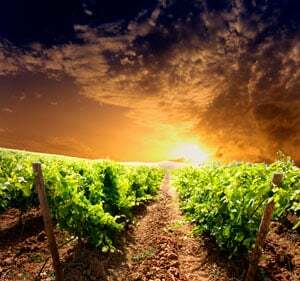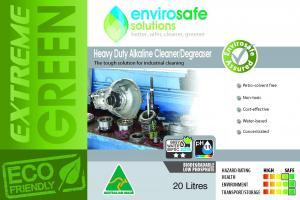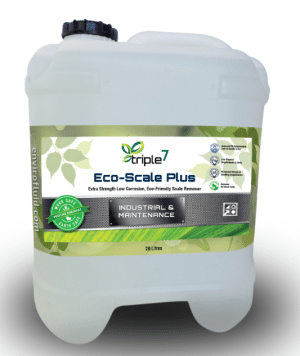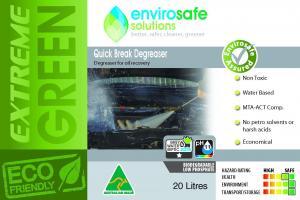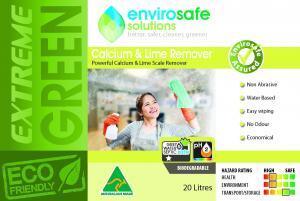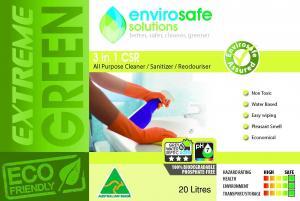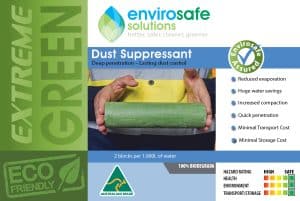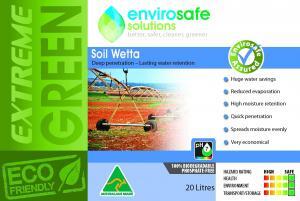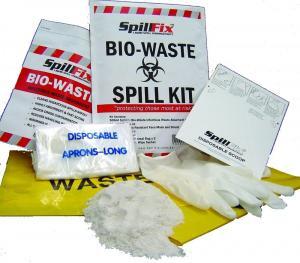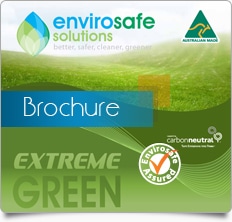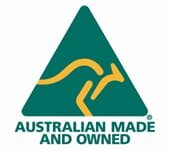 A piece of wilderness in the north of South Australiahas been declared out of bounds for mining. The landmark decision to protect Arkaroola from mining has been a costly blow for explorer Marathon Resources but has been applauded by the green revolution.
A piece of wilderness in the north of South Australiahas been declared out of bounds for mining. The landmark decision to protect Arkaroola from mining has been a costly blow for explorer Marathon Resources but has been applauded by the green revolution.
After years of debate the unique Arkaroola Wilderness Sanctuary in South Australia’s Flinders Ranges has been declared a mining-free zone.
Premier Mike Rann made the announcement on July 24 and won widespread community support for the environmental stance, although concerns have been raised about potential compensation costs.
Mining company Marathon Resources and its legal team have entered discussions with the State Government after investing heavily in mining exploration in the area. Shares in the junior explorer fell after the mining ban was announced.
Marathon was granted an exploration license for the uranium-rich area this year, after being banned for dumping waste in 2008. It had been preparing to start drilling in what it has described as the ‘fifth-biggest undeveloped uranium deposit in Australia’.
Walking the tightrope
The Arkaroola ban has highlighted the balancing act involved in exploiting the nation’s rich natural resources while protecting vulnerable and unique environments.
Australian mining companies are widely regarded as world-leaders in establishing best practice mining.
The industry has a code of practice governing site restoration, air emissions, contamination, water and hazardous materials management. Switching to eco-friendly industrial liquids instead of harsh chemicals (such as the popular Extreme Green range which includes dust suppressors and non-toxic cleaners) or finding uses for mineral-rich mining waste are significant steps forward.
Yet mining continues to leave a heavy environmental footprint – soil erosion, loss of biodiversity, water contamination from non-eco-friendly liquid products and native vegetation removal are part of the price.
These concerns prompted the decision to protect Arkaroola, which will be excised from the State’s Mining Act and nominated for National Heritage Listing.
The South Australian Chamber of Mines and Energy has labelled the decision short-sighted, claiming it failed to accommodate future technological advances, such as mining without surface disturbance.
Compensation talks continue but for the South Australian community support for the mining ban remains high – it appears the public wants a line to be drawn in the sand. Some areas just shouldn’t be touched.
The way forward lies in developing improved technologies and continuing to implement best practise across Australia’s mining sector. Perth-based environmental cleaning products company Envirosafe Solutions proudly supports the mining sector’s green efforts by supplying the industry with its Extreme Green product range.
For more information on eco-friendly industrial liquids designed for remote mining sites contact Envirosafe Solutions on 1300 88 90 70 or email info@evss.com.au.
Sources:
http://www.businessday.com.au/business/arkaroola-mining-ban-a-slap-in-the-face-20110722-1ht1c.html
http://www.abc.net.au/news/2011-07-22/arkaroola-wilderness-mining-ban/2805642








